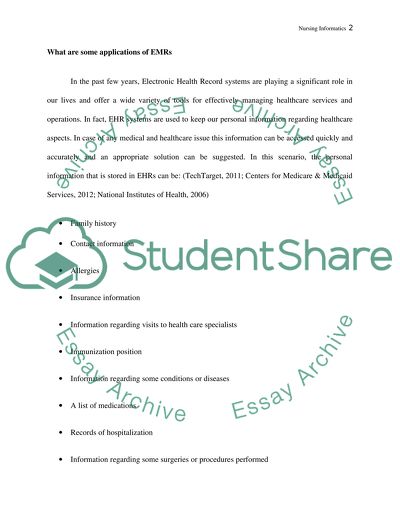Cite this document
(“Nursing informatics Essay Example | Topics and Well Written Essays - 2250 words”, n.d.)
Nursing informatics Essay Example | Topics and Well Written Essays - 2250 words. Retrieved from https://studentshare.org/nursing/1482078-nursing-informatics
Nursing informatics Essay Example | Topics and Well Written Essays - 2250 words. Retrieved from https://studentshare.org/nursing/1482078-nursing-informatics
(Nursing Informatics Essay Example | Topics and Well Written Essays - 2250 Words)
Nursing Informatics Essay Example | Topics and Well Written Essays - 2250 Words. https://studentshare.org/nursing/1482078-nursing-informatics.
Nursing Informatics Essay Example | Topics and Well Written Essays - 2250 Words. https://studentshare.org/nursing/1482078-nursing-informatics.
“Nursing Informatics Essay Example | Topics and Well Written Essays - 2250 Words”, n.d. https://studentshare.org/nursing/1482078-nursing-informatics.


